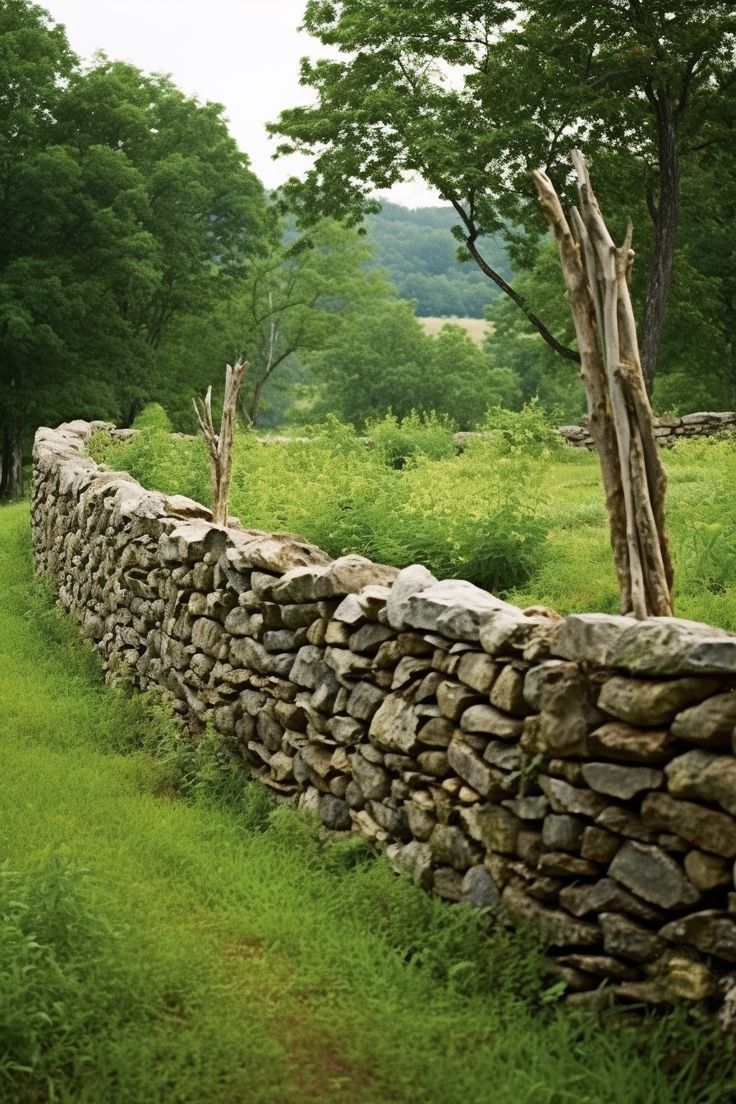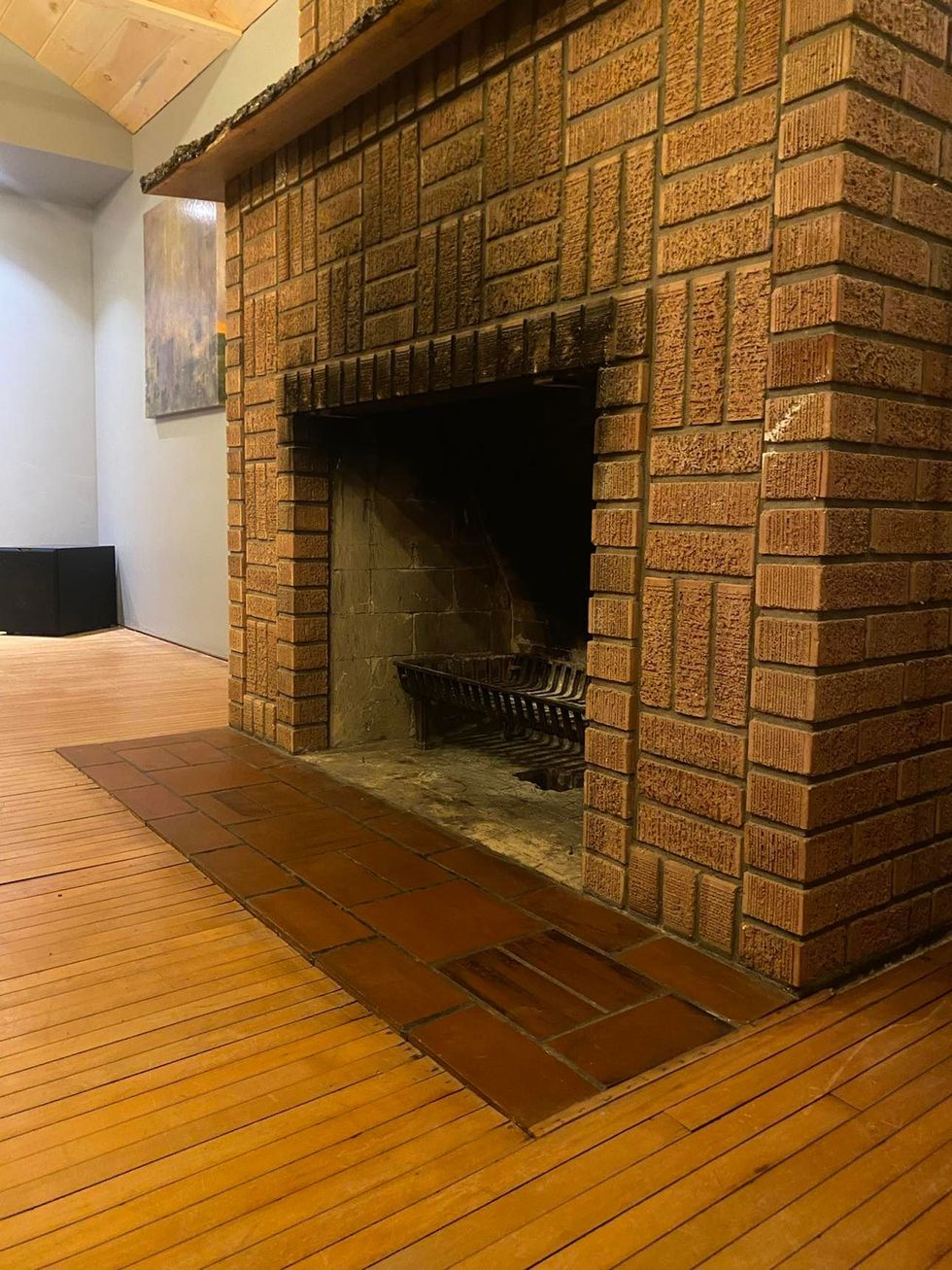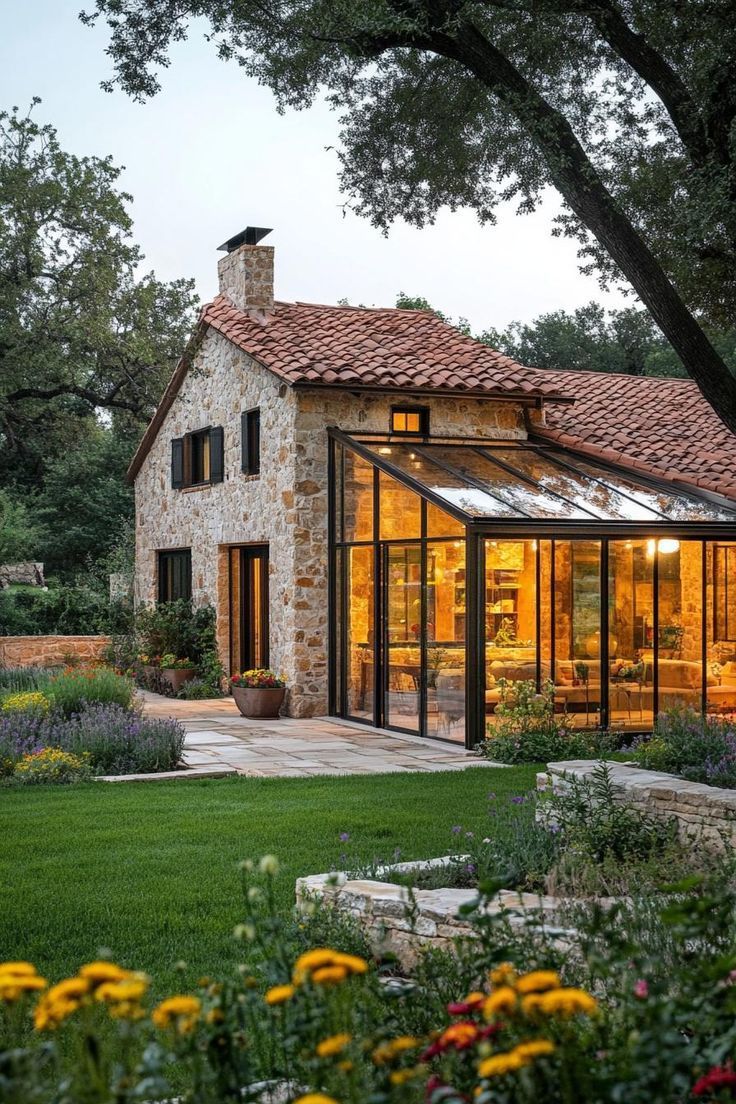STONE MASONRY CONTRACTOR
Specializing in Concrete, Fireplaces, Stone Veneer and Stone Foundation Repairs, Concrete Patios and Stairs
Building Dreams, One Stone at a Time
Get a quote
SERVICES
- Foundation Crack Repair
- Basement Wall Restoration
- Stone Foundation Restoration
- Custom Stone Masonry
- Fireplace Design Updates
- Concrete Patios and Stairs
- Concrete Work
PROJECTS
Tips For Homeowners

Dry stone walling, a time-honored craft that dates back centuries, has evolved significantly while retaining its fundamental principles. Originally used by ancient builders to create durable boundaries and agricultural terraces, dry stone walling relied solely on skill, precision, and the natural properties of stone. Without the use of mortar, these structures were built by carefully selecting and placing stones to form a stable, interlocking system capable of withstanding the test of time. Throughout history, traditional techniques have been passed down from one generation to the next, preserving the essence of this ancient art. Today, modern craftsmen continue to honor these methods while incorporating contemporary tools and practices. Innovations in stone cutting and layout design have enhanced the accuracy and efficiency of dry stone walling, enabling builders to create walls that are both aesthetically pleasing and remarkably robust.

































